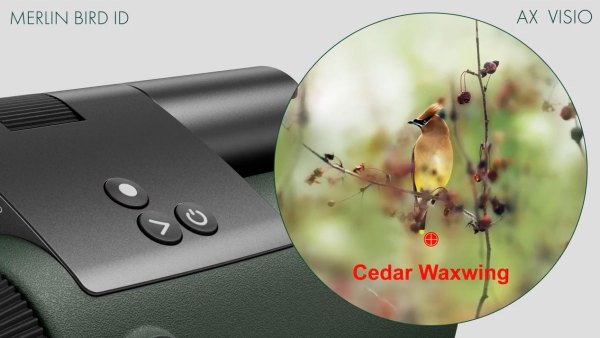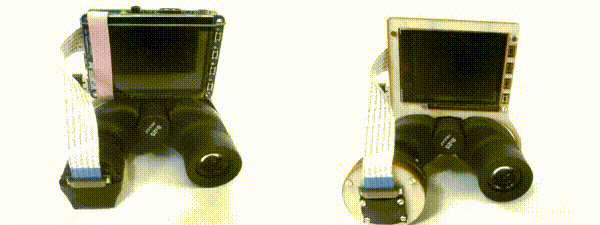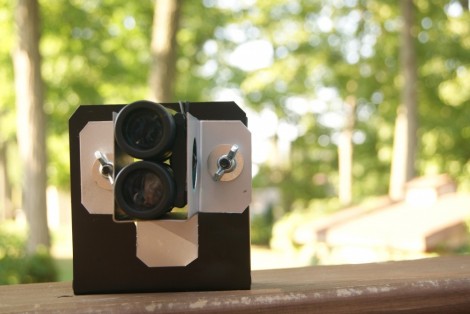2024 is the year of adding Artificial Intelligence to everything. Now, even a pleasant walk in the woods is getting a dose of AI: optics manufacturer Swarovski has announced the AX Visio, a binocular set with an AI bird identification feature. Not sure if that is a lesser or greater scaup on your pond? These binoculars will tell you, for the low, low price of $4799.
While digital cameras built into binoculars have been around for a while, adding AI is new. That’s a cool thing, but a bit of digging into the specs reveals that there is a much cheaper way to do it.
- Buy a cheap digital camera, like the Kodak Pixpro AZ255, which has a higher resolution and longer zoom than these binoculars.
- Transfer the image to your cell phone with an $11 memory card reader.
- Run the free Cornell Merlin ID app to identify the bird.
- Send the $4500 you just saved to us, or your favorite charity.
These ludicrously overpriced binoculars use the same Cornell Merlin ID system that you can use for free from their app, which also has the advantage of being able to ID birds from their songs. This is helpful because birds are tricky creatures who will try and hide from the hideously overpriced gadget you just bought.
[Via DigitalCameraWorld]


















